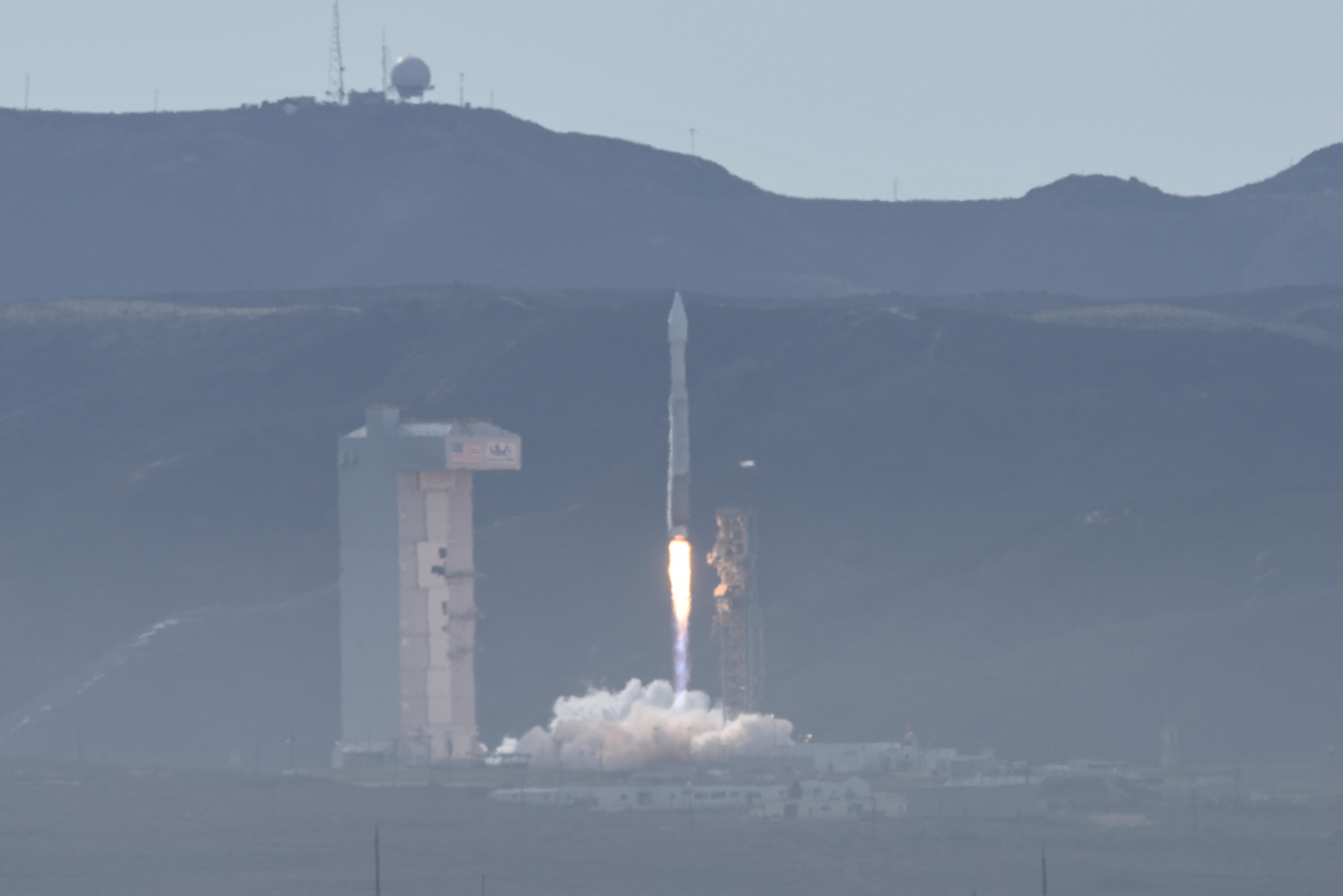First-quarter report shows $3.1 million collected, a 25% drop from 2020
By Jade Martinez-Pogue
Noozhawk Staff Writer
Santa Barbara County reported $3.1 million in cannabis tax revenues for the first quarter of its fiscal year, which is 25% less than the amount collected in the same quarter last year.
The county has reported multiple quarters of increasing tax revenues until mid-2021, when it reported a 45% decrease compared to the previous year.
“As part of the fourth-quarter update, staff began signaling that a supply glut was beginning to develop both statewide and locally, resulting in price compression of wholesale cannabis product,” Steven Yee, a fiscal analyst with the County Executive Office, said at the Dec. 14 Board of Supervisors meeting.
“Given the information that’s currently available, staff’s analysis shows that oversupply of wholesale product is still persisting,” he said.
The $3.1 million collected over the first quarter of fiscal year 2021-22, which ran from July 1 through Sept. 30, also represents a 17% decrease over the previous three-month period, Yee said.
Yee said that the number of licensed retail locations statewide remains an issue when compared to the amount of cannabis product being reduced, in addition to the demand from consumers.
The fact that cannabis product cannot cross state lines due to commerce laws further limits the ability of growers in California to bring their product to market, he added.
Out of 69 county operators that were expected to report gross receipts for the last quarter, 47 reported, 16 reported zero receipts, and six did not report any receipts, Yee said. Most of the county’s operators are cultivators.
There are pending applications for more acreage than is allowed under the county cultivation caps of 1,575 acres for inland areas and 186 acres for the Carpinteria area.
As of late September, applicants submitted land use entitlement applications with a proposed acreage totaling 3,173 acres in the inland areas and 214 acres in the Carpinteria area.
However, proposed acreage can fluctuate while applicants are in the permitting process due to project design changes, Yee noted.
Approximately 1.6 acres of the inland area cultivation cap remain uncommitted, and approximately 100 acres of the Carpinteria cultivation cap remain uncommitted, according to the staff report.
Cultivation projects are only added to the cap once operators have an approved land use entitlement permit, request the placement on the eligibility list from the County Executive Office, submit a complete cannabis business license application that has been accepted, and pay all required cannabis business licensing fees/deposits.
Yee explained that operators may apply for a business license upon approval of a land use entitlement permit, but the land use entitlement permits “don’t necessarily” need to be issued for operators to apply for a business license.
In the upcoming quarters, county staff will figure out how to finalize cap acreage and allow some operators to fallow land as necessary, said Brittany Heaton, who works in the county’s cannabis program. County staff will also focus on phasing out legal non-conforming operators, who have been cultivating without county permits or business licenses.
There were 22 projects in the appeal process for the first quarter, Yee noted, adding that permits cannot be issued until an appeal is resolved.
To date, the Planning and Development Department has received a total of 159 business license applications, 33 of which have a land use entitlement approved, making them potentially eligible for final business license issuance, Yee said.
“This means that for all other pending business license applications, cannabis operators must really focus their efforts on obtaining a final issued land use entitlement,” he added.
The county has approved 27 business licenses to date, according to the staff report.
Tuesday’s quarterly cannabis compliance, enforcement and taxation update will be the last presentation given to the Board of Supervisors; starting next quarter, the report will be included in an appendix of the County Executive Office’s quarterly budget updates.
The Santa Barbara County Sheriff’s Office completed eight enforcement actions over the first quarter, confiscated 3,253 live plants valued at an estimated $1.6 million, and confiscated 1,205 pounds of dried cannabis product valued at an estimated $1.8 million, Heaton said.
The Sheriff’s team also made nine arrests relating to illegal indoor and outdoor cultivation, and operating illegal delivery services, according to the staff report.
“In all these operations, the team continues to move forward with an adaptive style of enforcement, which is not only focused on illegal cultivation, but also the unsafe circulation of untested cannabis products which pose significant risk to consumer safety, and grossly undermines the legal market,” the staff report said.
The Agricultural Commissioner’s Office recently closed one investigation in Mid-County and has one ongoing investigation in South County regarding worker health and safety and pesticide use related to cannabis operations, according to the report.
The Planning and Development Department opened four cannabis enforcement cases, one in the South County and three in the North County, and closed eight cases, four in the South County and four in the North County.
The department also responded to 345 cannabis complaints, 300 of which were odor complaints in the Carpinteria Valley.
Noozhawk staff writer Jade Martinez-Pogue can be reached at jmartinez-pogue@noozhawk.com.







